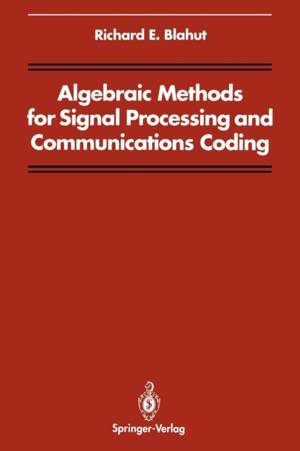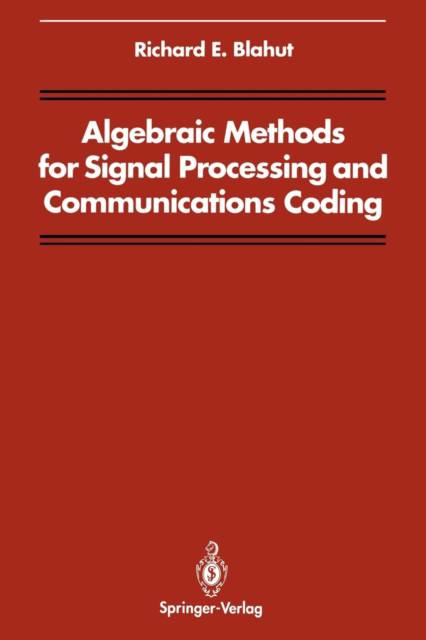
- Afhalen na 1 uur in een winkel met voorraad
- Gratis thuislevering in België vanaf € 30
- Ruim aanbod met 7 miljoen producten
- Afhalen na 1 uur in een winkel met voorraad
- Gratis thuislevering in België vanaf € 30
- Ruim aanbod met 7 miljoen producten
Zoeken
Algebraic Methods for Signal Processing and Communications Coding
Richard E Blahut
€ 125,95
+ 251 punten
Omschrijving
Algorithms for computation are a central part of both digital signal pro- cessing and decoders for error-control codes and the central algorithms of the two subjects share many similarities. Each subject makes extensive use of the discrete Fourier transform, of convolutions, and of algorithms for the inversion of Toeplitz systems of equations. Digital signal processing is now an established subject in its own right; it no longer needs to be viewed as a digitized version of analog signal process- ing. Algebraic structures are becoming more important to its development. Many of the techniques of digital signal processing are valid in any algebraic field, although in most cases at least part of the problem will naturally lie either in the real field or the complex field because that is where the data originate. In other cases the choice of field for computations may be up to the algorithm designer, who usually chooses the real field or the complex field because of familiarity with it or because it is suitable for the particular application. Still, it is appropriate to catalog the many algebraic fields in a way that is accessible to students of digital signal processing, in hopes of stimulating new applications to engineering tasks.
Specificaties
Betrokkenen
- Auteur(s):
- Uitgeverij:
Inhoud
- Aantal bladzijden:
- 143
- Taal:
- Engels
- Reeks:
Eigenschappen
- Productcode (EAN):
- 9781461276876
- Verschijningsdatum:
- 8/10/2011
- Uitvoering:
- Paperback
- Formaat:
- Trade paperback (VS)
- Afmetingen:
- 156 mm x 234 mm
- Gewicht:
- 226 g

Alleen bij Standaard Boekhandel
+ 251 punten op je klantenkaart van Standaard Boekhandel
Beoordelingen
We publiceren alleen reviews die voldoen aan de voorwaarden voor reviews. Bekijk onze voorwaarden voor reviews.











